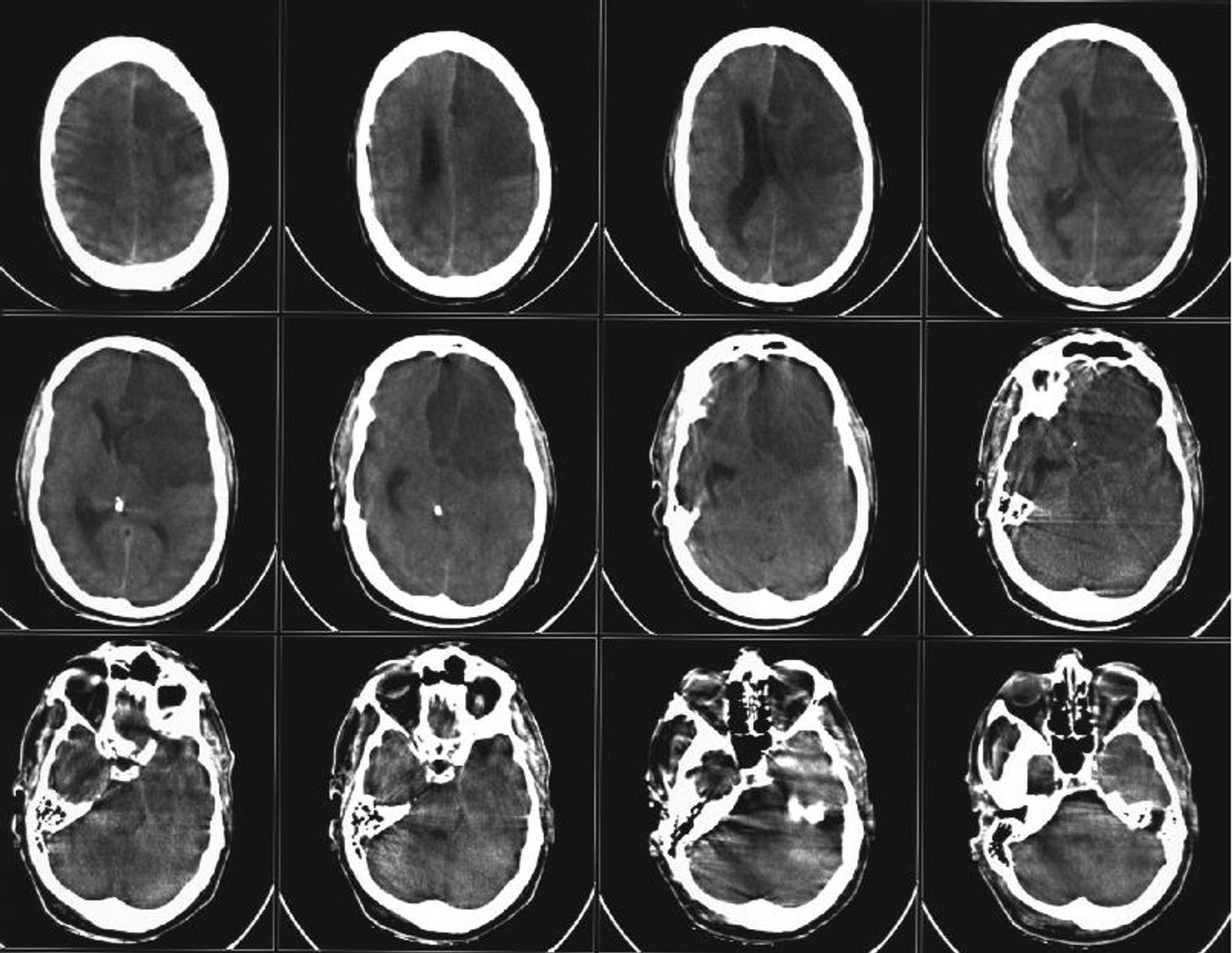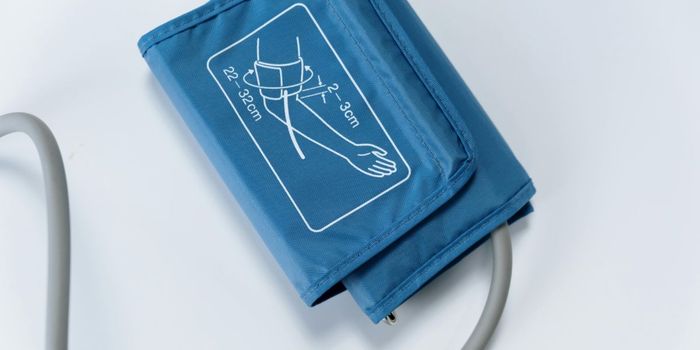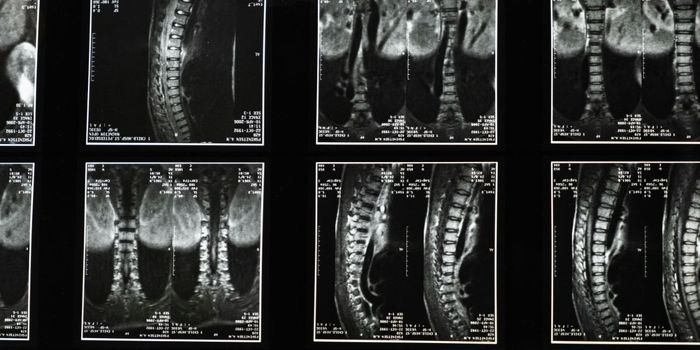Decades of Research to Restore Blood Flow to the Brain
What used to be a devastating event can now be treated or even prevented. With techniques to manage strokes and the blood clots responsible for causing them being developed and improved constantly over the past several decades, medical professionals have a full arsenal of methods for prevention and treatment.
From Loyola University, scientists report on the latest developments in stroke treatment and prevention, a result of many years of dedicated research. "The last 50 to 60 years have witnessed an explosive evolution of techniques geared at restoring blood flow to compromised regions of the brain,” scientists from the new MedLink Neurology study said.
A stroke is caused by brain damage that occurs when a sufficient amount of blood cannot reach the brain. Blood clots in clogged arteries are responsible for this insufficiency. Once scientists developed this relationship of causation, they aimed to detect and clear clogged arteries to prevent a stroke from happening altogether.
This approach started with the first microscopes applied in the operating room, allowing the success of “microsurgeries” to rid the arteries of clots that were inhibiting blood flow and could lead to stroke. Now the science of unclogging arteries revolves around “minimally invasive endovascular techniques,” where surgeons work through blood vessels to make changes in blood flow to the brain.
Surgeons began to use these types of procedures to prevent stroke about twenty years ago, but now outcomes for stroke patients are at least three times better than they were in this technique’s infancy. Additionally, several clinical trials have been completely to demonstrate the efficacy of these techniques.
"With the advent of [blood clot removal] and minimally-invasive techniques, patients who otherwise would be permanently disabled from stroke can often lead normal, productive lives," explained co-author Matthew R. Reynolds, MD, PhD.
The benefits of endovascular techniques largely stem from the fact that they do not require open surgery. Instead, surgeons guide catheters through blood vessels to improve blood flow to the brain. In an area of inhibited blood flow, surgeons can use these catheters to install devices such as stents designed to clear arteries and rejuvenate blood flow.
In the past, patients who wouldn’t have survived invasive microsurgeries can now safely undergo endovascular procedures. According to the Centers for Disease Control and Prevention, every year nearly 800,000 people in the United States have a stroke, and a stroke kills around 140,000 people every year.
Source: Loyola University Health System









